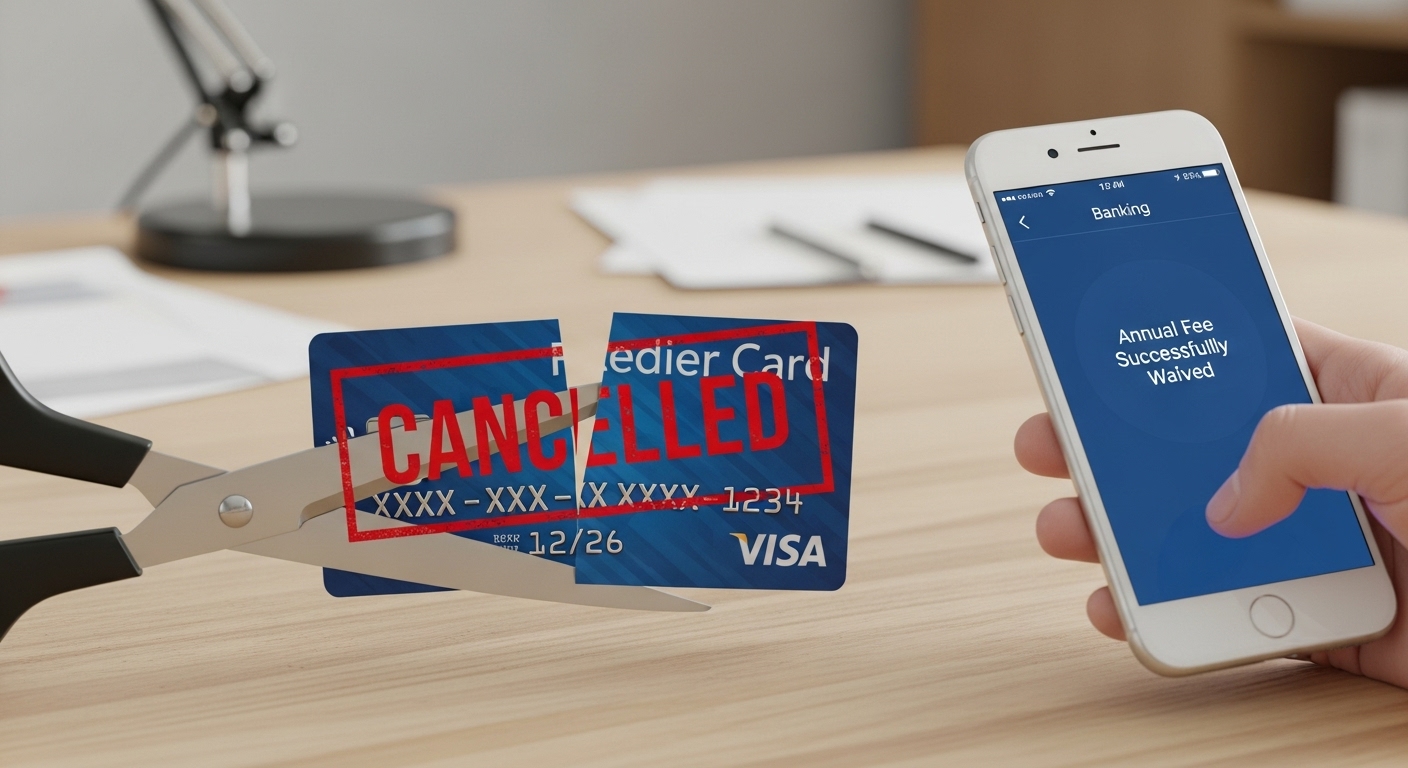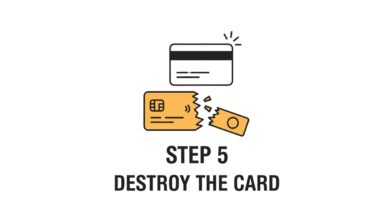How to Cancel Credit Card Annual Fees

Credit cards can be convenient and rewarding, but annual fees can sometimes feel like an unnecessary burden — especially if you’re not using all the benefits that come with the card. The good news is, in many cases, you can cancel or waive your credit card’s annual fee with the right approach.
In this detailed guide, we’ll explain how credit card annual fees work, why they’re charged, and the most effective strategies to reduce or eliminate them altogether.
1. Understand What a Credit Card Annual Fee Is
A credit card annual fee is a charge that card issuers apply once a year for owning and using a specific credit card.
- Premium cards (with high rewards, travel perks, or concierge services) often come with annual fees ranging from $50 to $600 or more.
- Basic cards usually have no annual fee but may offer fewer rewards or features.
Before requesting a cancellation, understand what value you’re getting from the card. Sometimes, the rewards or cashback benefits can outweigh the annual cost — but if not, it’s time to take action.
2. Check Your Credit Card Agreement
Your credit card’s terms and conditions outline all fee-related details. Before contacting customer service, review:
- The annual fee amount and billing date
- Whether the first year’s fee was waived
- Any requirements for fee reversals, such as minimum spending thresholds
Knowing your card’s policies puts you in a stronger position when negotiating with your bank or card issuer.
3. Contact Customer Service
The most direct way to attempt canceling your annual fee is to call your credit card provider’s customer service line.
When speaking to a representative:
- Be polite but firm. Explain that you’re considering canceling the card because of the annual fee.
- Mention your loyalty. If you’ve been a long-term customer, remind them of your history and good payment record.
- Ask for a fee waiver or refund. Say something like:
“I’ve noticed the annual fee on my account, and I’m wondering if it can be waived or refunded as a courtesy.”
Many banks will offer to waive or refund the fee — especially if they sense you might close the account otherwise.
4. Leverage Your Customer Loyalty
Banks value loyal, responsible customers. If you:
- Have multiple accounts with the same bank
- Maintain a good credit score
- Regularly pay your bills on time
… you have a strong case for a fee waiver. Mention your loyalty and reliability when negotiating. Often, companies are more willing to accommodate requests from valuable customers.
5. Ask for a Retention Offer
If the representative says they can’t remove the fee, ask to be transferred to the retention department — the team that tries to keep customers from closing accounts.
Retention specialists often have the power to:
- Waive the fee entirely
- Offer bonus points or cashback equal to the fee amount
- Downgrade your card to a no-fee version
These options allow you to avoid the charge without losing your credit card account or damaging your credit history.
6. Consider Downgrading to a No-Fee Card
If your issuer refuses to cancel the fee, ask whether you can switch to a no-annual-fee version of the same card.
Benefits of downgrading include:
- Keeping your credit history and account age (which helps your credit score)
- Avoiding a hard credit inquiry (which happens if you apply for a new card)
- Continuing to use your existing account — just with fewer perks
For example, if you have a “Platinum Rewards” card with an annual fee, you might downgrade to a “Basic Rewards” or “Standard Cashback” card.
7. Cancel the Card (As a Last Resort)
If you’ve tried all the above methods and the issuer still won’t budge, you can choose to cancel the card — but do this carefully.
Before canceling:
- Pay off any outstanding balance.
- Redeem your rewards points — many cards remove them upon cancellation.
- Check your credit utilization ratio. Closing a card can affect your credit score, especially if it’s one of your oldest accounts or has a high limit.
If you have other cards with low balances and long histories, the impact may be minimal.
8. Avoid Future Annual Fees
Once you’ve successfully removed or canceled a fee, take steps to prevent it from happening again:
- Choose no-annual-fee cards when applying in the future.
- Monitor your statements to catch fees early.
- Set calendar reminders before the annual fee renewal date to decide whether to keep or close the account.
Being proactive can save you hundreds of dollars over time.
9. Know Your Rights
In some countries, consumer protection laws require banks to notify cardholders in advance before charging annual fees. If your issuer charged you without notice, you may be entitled to a refund.
Always check your local financial regulations or contact your country’s financial consumer agency for clarification.
10. Keep a Record of All Communications
Whenever you discuss your annual fee with your card issuer:
- Write down the date, time, and representative’s name.
- Keep email confirmations or reference numbers of any agreements.
This record will help if the bank forgets to process your waiver or if the fee reappears on your next statement.
Final Thoughts
Annual fees aren’t always unavoidable — in fact, many cardholders successfully negotiate or eliminate them every year. The key is knowing your value as a customer, communicating confidently, and being willing to downgrade or cancel if necessary.
By staying informed, proactive, and polite, you can save money while maintaining your credit health — and ensure that your credit card truly works for you, not the other way around.
